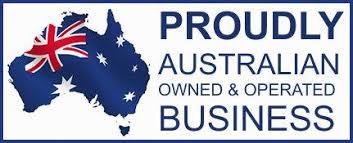| RED-TAILED BLACK COCKATOO (Calyptorhynchus Banksii) | Source: www.billabongsanctuary.com.au |
Wildfires on Kangaroo Island devastate Glossy Black COCKATOO Habitat
At least 75 percent of South Australia’s endangered population of glossy black cockatoo, which lives exclusively on Kangaroo Island, lived on 210,000 hectares burned down by recent bushfires.
The population of the endangered glossy black cockatoo on Kangaroo Island was only 158 (1995) and recovered to about 370 in 2019. Now – less than in 1995!
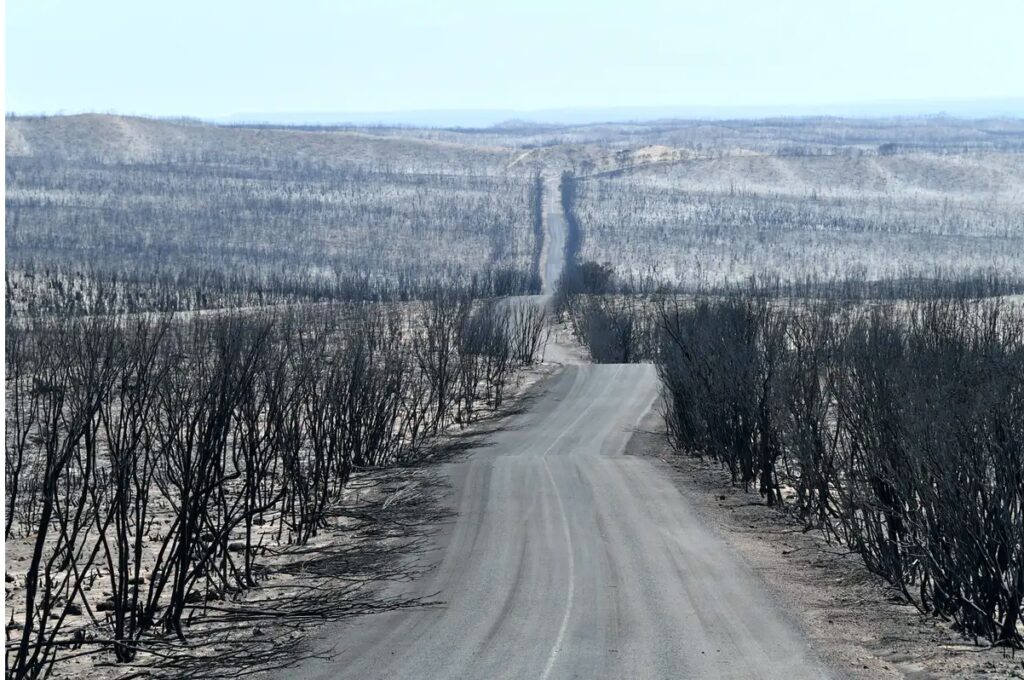
Why are Black Cockatoos so rare?
The birds rely heavily on remnant native eucalyptus woodlands for breeding and feeding, although destruction of these areas within its habitat range has impacted population size. The rarity of the species has also driven its popularity in the illegal wildlife trade.
How much for a Black Cockatoo?
Up to $30,000 on the illegal market. The illegal wildlife trade is a multi-billion dollar industry and although Australia doesn’t have the scale of poaching found in Africa or Asia, some species of birds and reptiles are highly sought after
Your donation
DONATE US TO HELP ICONIC AUSTRALIAN BLACK COCKATOO TO REVIVE!
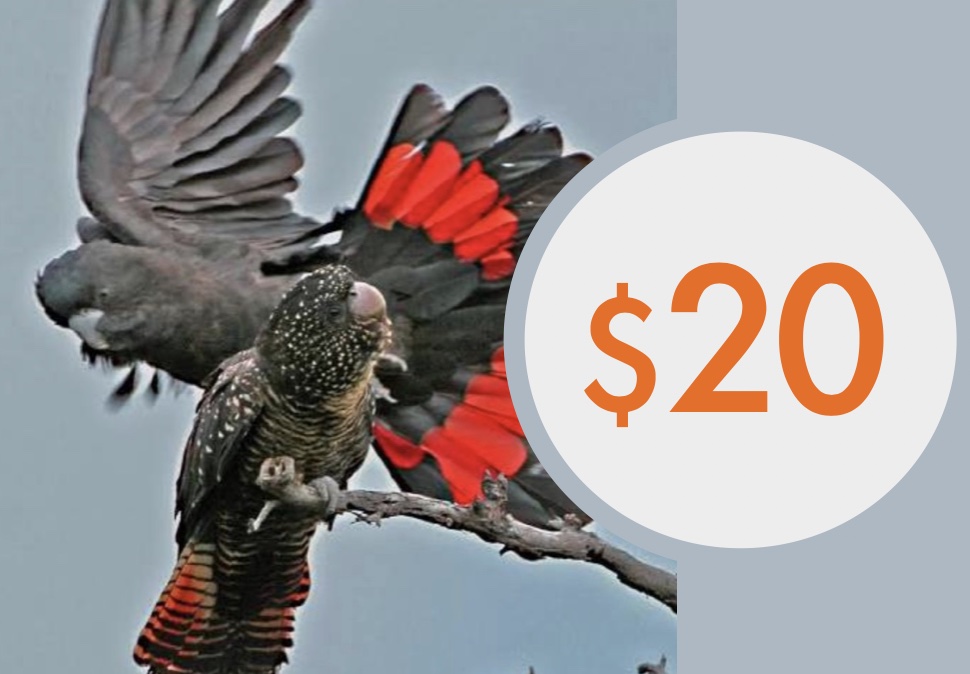
Mitigating threats-fencing off existing stands of Stringybark and Buloke and scattered paddock trees on the areas of COCKATOO habitation, to protect from stock damage and to allow for natural regeneration. (Southern Australia, NSW)
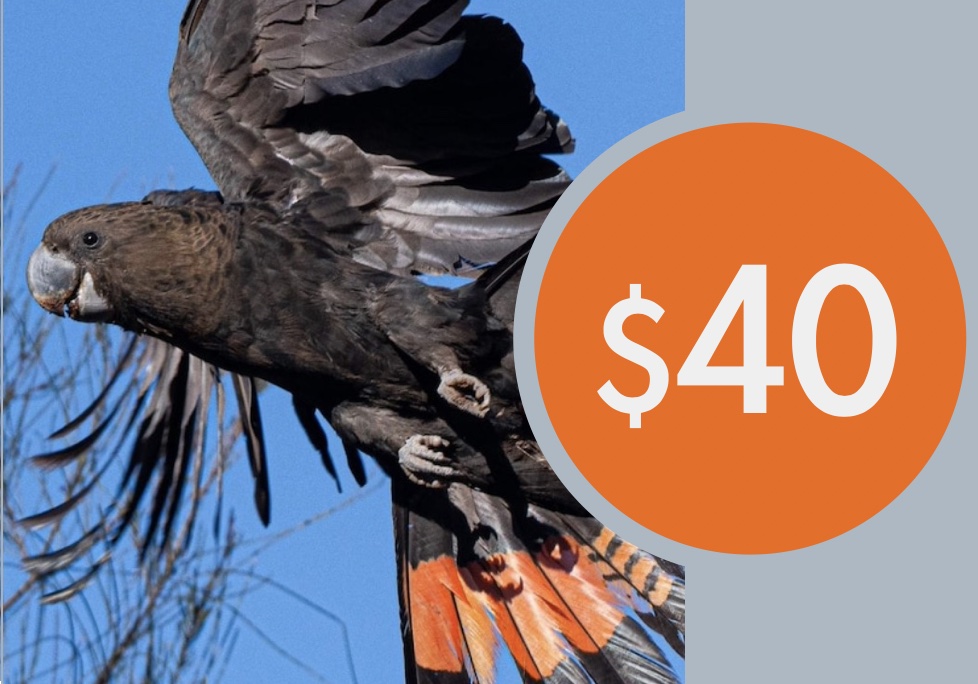
Mitigating threats – supporting organisations to deliver large landscape-scale habitat and restoration projects; maintaining artificial nest sites of Red-tailed and Glossy Black COCKATOO. (Southern Australia, NSW)
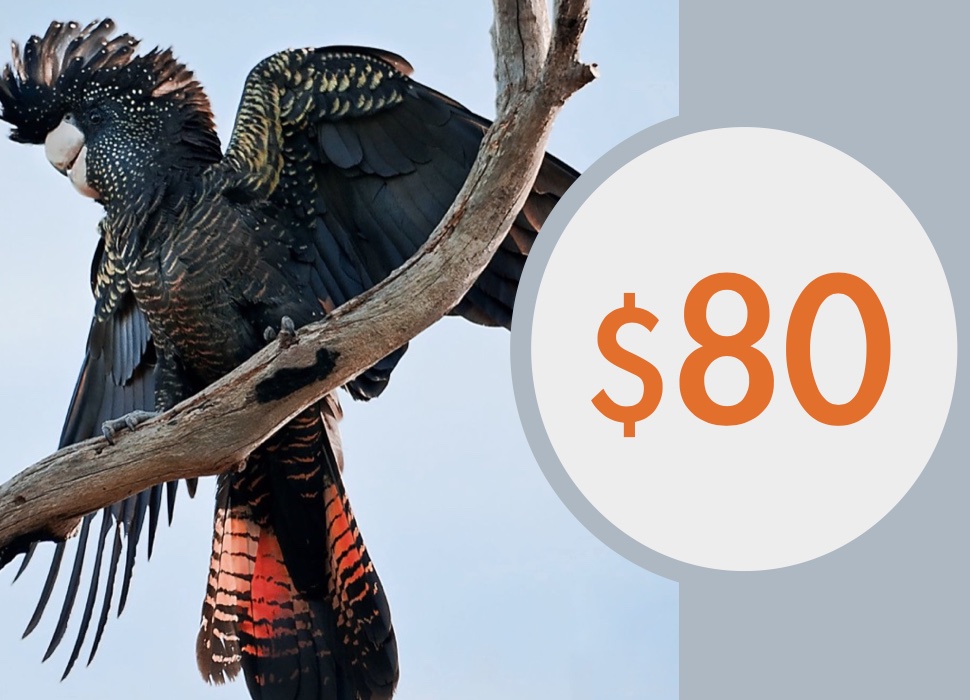
Mitigating threats – reducing the impact of wildfire and prescribed burns on food productivity, Increase the area of Red-tail & Glossy Black Cockatoo’s feeding habitat by planting new stands of stringybark and Buloke. (Southern Australia, NSW)
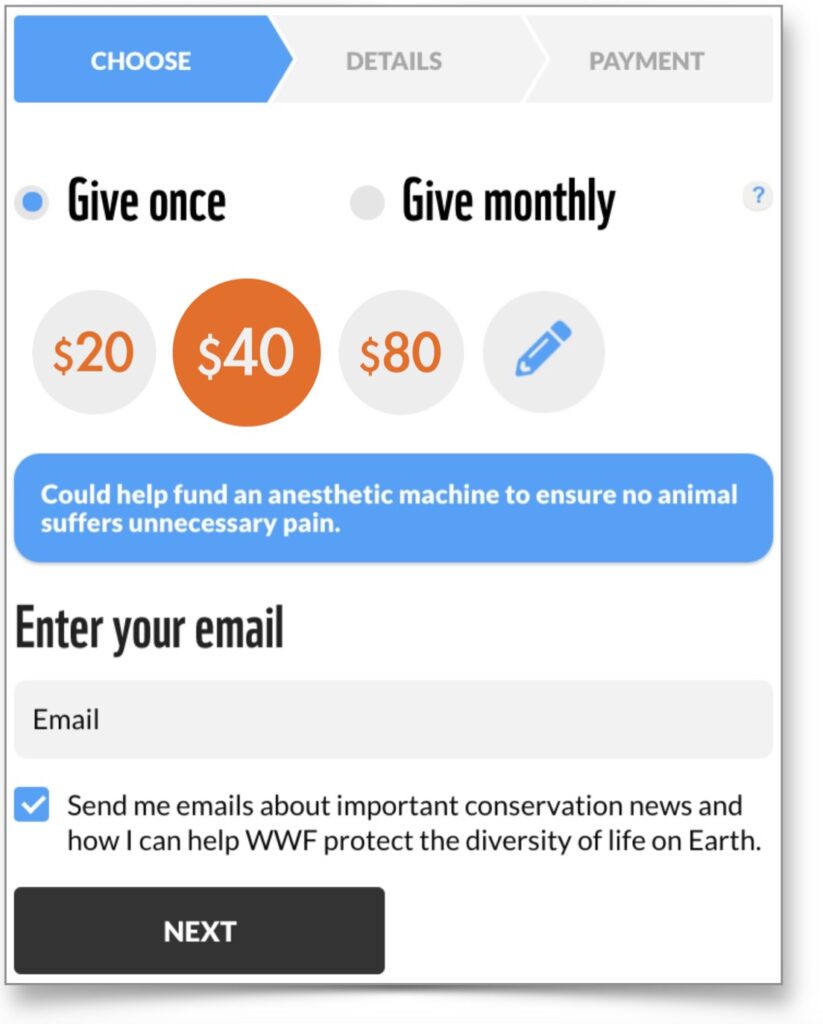
GENEROS is one of Australia’s most trusted conservation organisations.
At GENEROS, we work in Australia to protect endangered species and habitats, meet the challenge of climate change, and build a world where people live in harmony with nature. This would not be possible without financial support from our community. Thank you!















